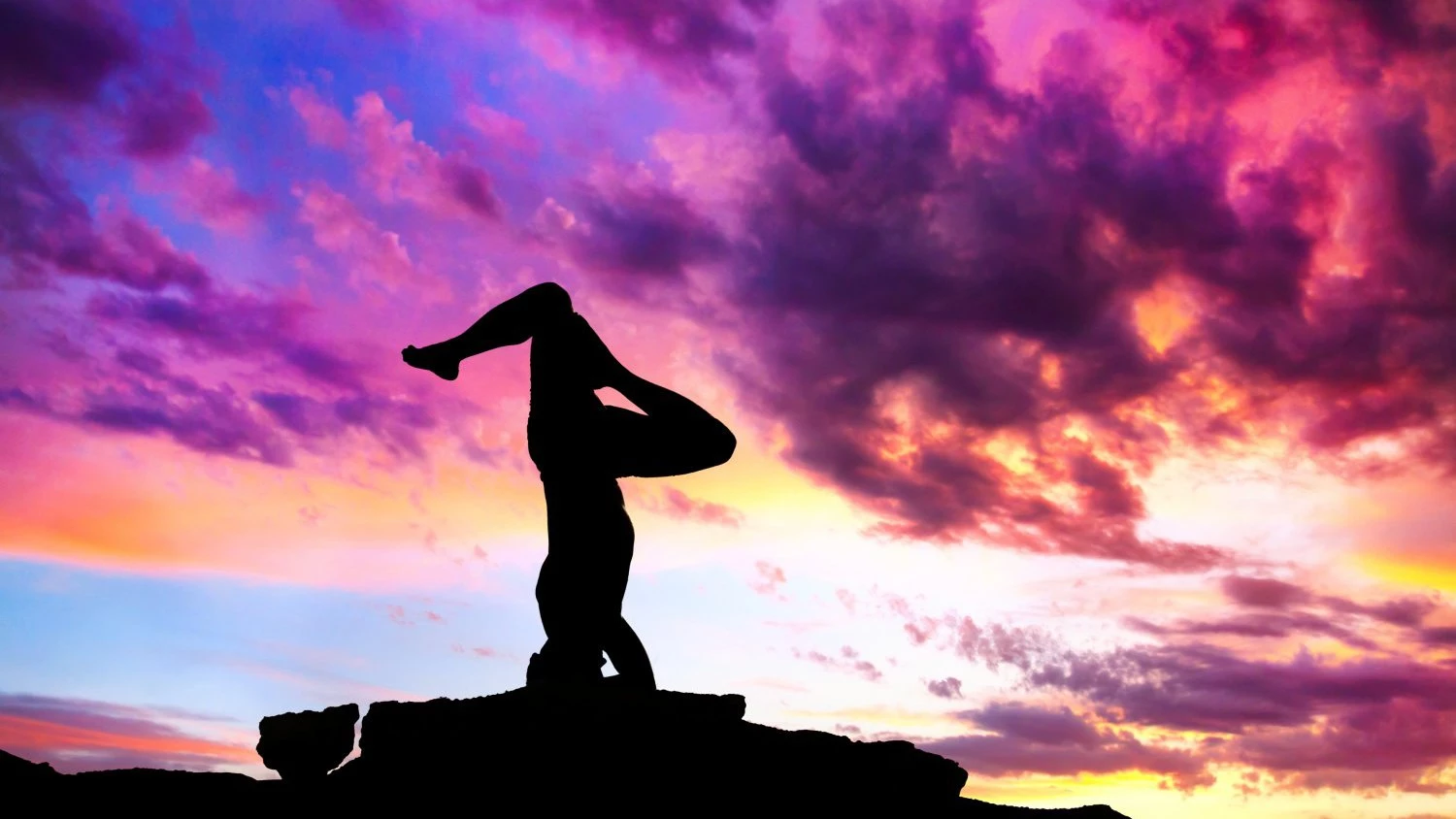Yoga, The 5 Koshas, and Your Bliss Body

There are few books that stay with you for years or even decades, but those that do often contain snippets of wisdom so memorable that they continue to guide you throughout your life.
For me, one such book for was The Philosopher’s Stone, a novel by J. Anker Larsen, an early 20th century Danish mystic revered as the Eckhart Tolle of his day. Written almost a hundred years ago, the novel tells the story about a young seeker on the quest for the legendary philosopher’s stone, an alchemical substance thought to be capable of turning base metals into gold. The stone, of course, is symbolic of the human quest for transforming our base nature into spiritual perfection and our universal quest for awakening into the boundless bliss of the eternal Now.
For a twenty-something just starting out on the spiritual path, this was a book of legends. It sank deeply into my heart, and to this day, I clearly remember entire passages of that book. I lived and suffered with the hero as he ventured through all the misses and mistakes of a faltering spiritual seeker. His hopes and dreams were mine, his frustrations and anguish mine, his triumphs mine.
Oddly, in the almost four decades since reading that book (and I’m afraid this dates me terribly), I were to encounter many of the exact same experiences on the spiritual path as the hero on his quest and see others do the same. The main one of all bears repeating here, because it has lessons for us all.
At one point, the book’s main character reaches a crisis point. He has spent years on the spiritual path, exhausting himself in the quest for a higher meaning. He is disillusioned and frustrated by the rigidity of organized spiritual traditions, like the church and the theosophical tradition (which was big at that time). Sacrificing everything for his quest, he is thin and emaciated, weak and unhealthy to the point of imbalance. In this feeble state, his mind weakens too, and he becomes almost overpowered by a negative force (symbolic of anything that overshadows us on our path) and barely gathers the strength to pull out. Scared by the experience, he renounces his spiritual path, moves to the country and takes up a simple lifestyle as a farm worker.
Oddly, as he regains his strength and the health of his body slowly returns, and in this simple life, he finally discovers what he was looking for. What he was seeking for all these years was there all along –dwelling all around him in the eternal Now. As his body becomes strong, so does his mind, emotions, and this in turn creates the foundation for the spiritual opening he was craving so badly.
The glorified reality he was seeking was there all along. Only, it was not something to be looked for on the outside ,it was there within. For his eyes to open and perceive the essence of that eternal Now, the path was not one of exploring other places, thought forms, or teachings. Rather, it was the path of alchemy—refining and strengthening body, mind, and emotions, and enabling his spiritual body, his bliss body, to unfold to the point where this reality was there, obviously visible all around him.
Like the main character in Anker Larsen’s book, we are all seekers. Our quest takes different forms and we seek happiness in different ways: in loving relationships, friendships, material success or by pursuing a spiritual quest.
But no matter which expression our quest takes, more commonly than not, our mind gets so caught up in whatever it is we are pursuing that it overshadows everything else. Caught up in our mental pursuits, we overlook the key role our body must play on the path to fulfilling our dreams, desires, and our spiritual quest.
But as yoga (and J. Anker Larsen) reminds us, the body is a vehicle for the soul on this journey towards perfection. As such, it is foundational; it is the beginning and the end. To awaken and embrace the deeper reality of Life, we must develop not just our mind or spirit. The body offers the essential foundation for spiritual awakening—or for that matter, for whichever form of happiness we seek in life.
The yogic concept of the five koshas is so deeply meaningful in this context. Yoga views us not just as a physical body and perhaps mental-emotional body. Our extended body consists of five layers (Koshas, or shealths) —from the physical body to the energy body, the mental-emotional body, the wisdom body and the spirit. Yoga offers such a powerful tool of healing, because it helps us refine and grow on all levels—from our body to our deepest essence, which essentially anyway are all the same. This is why the tools and techniques of yoga can broaden and deepen our life experience in so many ways.
Appropriately, check out Kristine Kaoverii Weber’s course on the five koshas and how yoga holds the key to enliven and refine our 5-fold being in a balanced way. Kristina reminds us that while practicing yoga asanas is primarily a physical activity, in actuality, at any moment in time, all the 5 layers (or sheaths) of our being are engaged in our yoga practice. This is why yoga has such a powerful potential to help us become more fully human and more fully awake—in a spontaneous and deeply balanced way.
The Five Layers of Health – Ancient Yogic Insights into Healing and Well-being



